Guru Padmasambhava
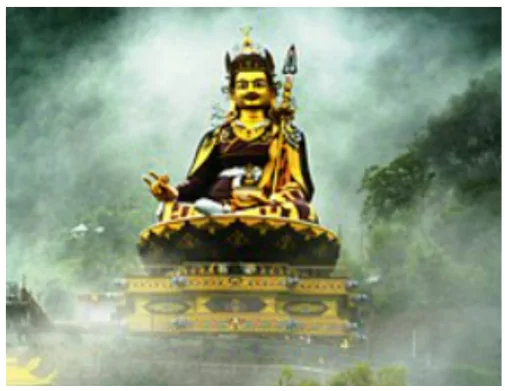
|
Context: Recently, International Buddhist Confederation organized a two-day International Conference on the ‘Life and Living Legacy of Guru Padmasambhava Conference’ at Nalanda, Bihar.
About Guru Padmasambhava (Guru Rinpoche):
- Guru Padmasambhav: He was a revered figure from the eighth century in ancient India, often regarded as the second Buddha.
- Significance: He is credited with spreading Buddha Dhamma across the Himalayan region and is a pivotal figure in Tibetan Buddhism, especially within the Nyingma school.
- Meaning of his Name: His name means “Lotus-Born,” reflecting his legendary birth from a lotus flower in a lake in Oddiyana.
- Vajrayana Buddhism: He taught Vajrayana Buddhism, emphasizing esoteric practices such as mantras, mudras, and visualizations as paths to enlightenment.
|
Leptospirosis
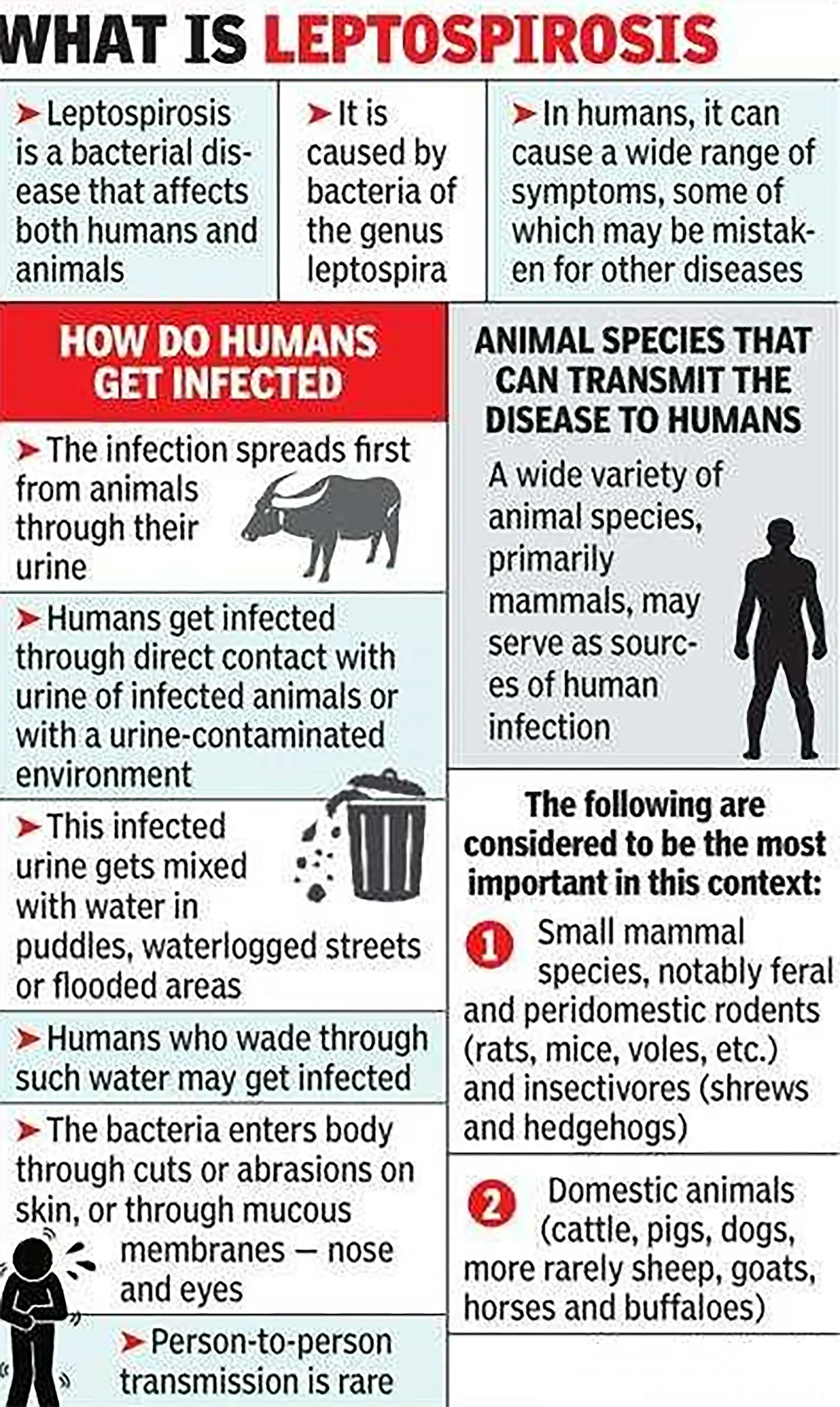
|
Context: After the subsidence of Nipah Virus threat, Kerala is facing a new threat of Leptospirosis outbreak.
About Leptospirosis:
- Leptospirosis, also known as “rat fever”, is caused by a type of bacteria in the urine of animal carriers, particularly rats.
- Causal Agent: Caused by the Leptospira bacteria, which is primarily found in the urine of infected animals.
- The carriers of the disease can be either wild or domestic animals, including rodents, cattle, pigs, and dogs.
- Symptoms: Range from fever, chills, headache to severe conditions affecting the liver, kidneys, lungs, and brain.
- Some cases may have no symptoms at all.
- Transmission: The disease spreads through contact with the urine of infected animals or contaminated soil and water.
- Individuals with cuts or abrasions on their skin are at increased risk.
- Treatment: It can be treated with antibiotics.
|
Agriculture Infrastructure Fund
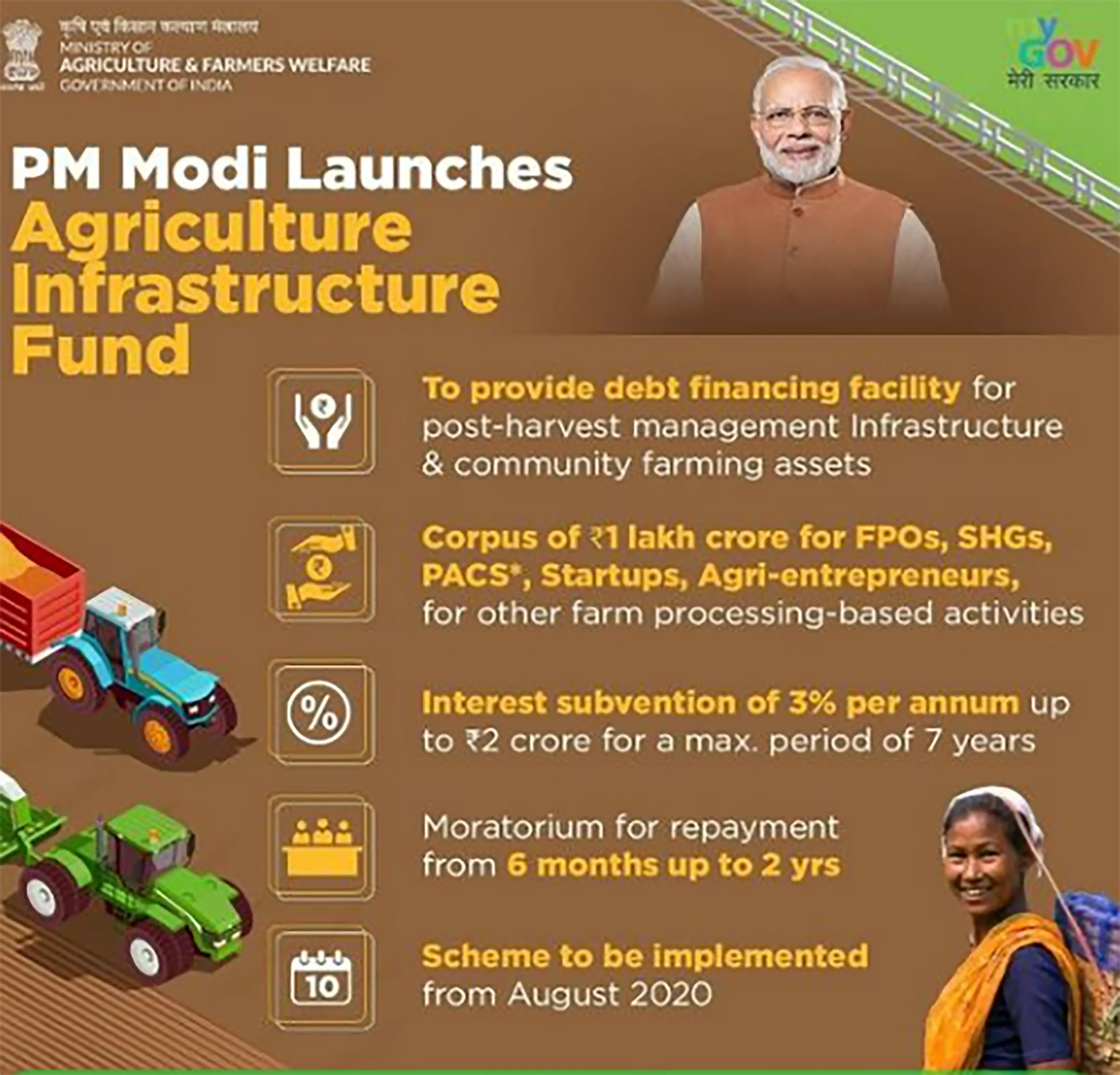
|
Context: The Union Cabinet approved the expansion in the Central Sector Scheme of financing facilities under ‘Agriculture Infrastructure Fund’.
About Agriculture Infrastructure Fund (AIF):
- AIF is a financing facility launched in July 2020.
- It aims to provide all-around financial support to the farmers, agri-entrepreneurs, farmer groups like FPOs, SHGs etc. to create post-harvest management infrastructure.
- It provides support of 3% interest subvention,
- Credit guarantee support through Credit Guarantee Fund Trust for Micro and Small Enterprises (CGTMSE) scheme for loan of up to Rs. 2 crore.
- Duration of AIF: 7 years which also includes a moratorium period of up to 2 years
Initiatives to Expand the Scope of AIF:
- Viable Farming Assets: Expands eligibility for projects aimed at building community farming assets.
- Integrated Processing Projects: Includes integrated primary & secondary processing projects under AIF.
- Standalone secondary projects are covered by MoFPI schemes.
- PM KUSUM Component-A: Converges with AIF to support sustainable clean energy and agricultural infrastructure for farmers and local bodies.
- NABSanrakshan: Extends AIF credit guarantee coverage for FPOs through NABSanrakshan Trustee Company Pvt. Ltd., to boost financial security and investment.
|
Hollongapar Gibbon Wildlife Sanctuary
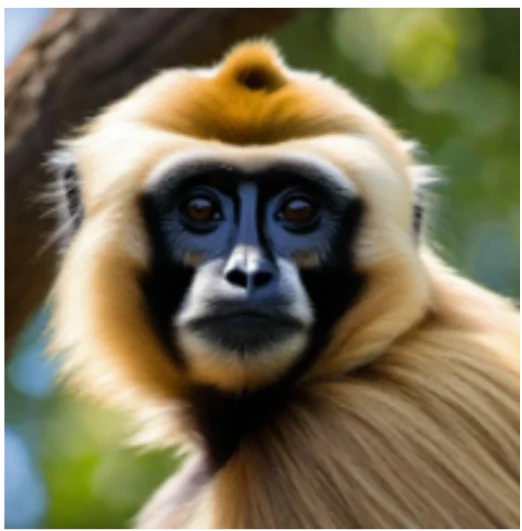
|
Context: The Assam wildlife department has recommended granting forest clearance for Cairn Oil & Gas in the eco-sensitive zone of Hollongapar Gibbon wildlife sanctuary.
About the Hollongapar Gibbon Wildlife Sanctuary:
- Location: Assam, India.
- Establishment: Officially established in 1997, though the area was originally designated in 1881.
- Flora: Dominated by hollong trees in the upper canopy, nahar trees in the middle, and evergreen shrubs and herbs in the lower layers.
- Fauna: Home to India’s only ape species, the hoolock gibbons, and the Bengal slow loris, the region’s only nocturnal primate.
About Gibbons:
- Gibbon are species of small apes found in the tropical forests of Southeast Asia.
- Species in India: India has two species: the eastern hoolock gibbon (Hoolock leuconedys) and the western hoolock gibbon (Hoolock hoolock).
- Threats: All gibbon species, including hoolock gibbons, face high extinction risks due to deforestation and habitat loss caused by infrastructure projects.
- Conservation Status:
- Both species are listed on Schedule 1 of the Indian (Wildlife) Protection Act 1972.
- IUCN Red List
- Western Hoolock Gibbon: Endangered
- Eastern Hoolock Gibbon: Vulnerable
|
INS Arighat
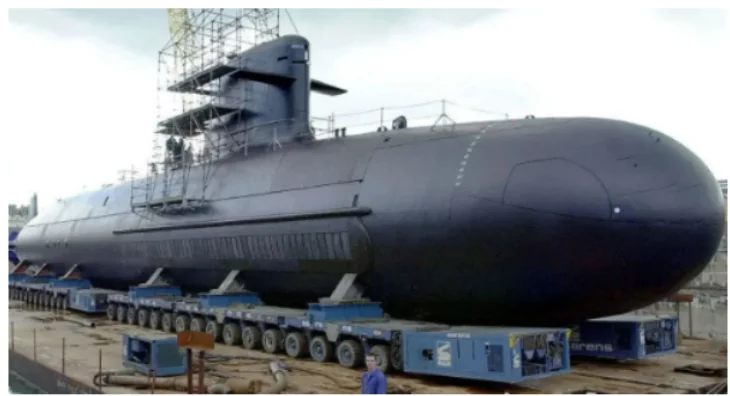
|
Context: India’s second nuclear-powered ballistic missile submarine SSBN (Ship, Submersible, Ballistic, Nuclear) is scheduled to be commissioned at Visakhapatnam.
About INS Arighat:
- It is India’s second indigenously built nuclear-powered ballistic missile submarine (SSBN).
- India’s first nuclear submarine, INS Arihant, commissioned in 2018.
- It was constructed at the Indian Navy’s Ship Building Centre (SBC) in Visakhapatnam.
- It represents a critical component of India’s nuclear triad, enabling the nation to launch nuclear missiles from land, air, and sea.
- Key Features:
- It is a 6,000-tonne submarine, powered by a pressurized water reactor.
- It can achieve a maximum speed of 12–15 knots (22–28 km/h) when on surface and 24 knots (44 km/h) when submerged.
- It can carry up to four nuclear-capable K-4 SLBMs (Submarine Launched ballistic Missile) with a range of over 3500 kilometers or twelve conventional warhead K-15 SLBMs with a range of about 750 kilometers.
- It also carries torpedoes and mines.
- Additional safety measures include two standby auxiliary engines and a retractable thruster for emergency power and mobility.
|
Mullaperiyar Dam
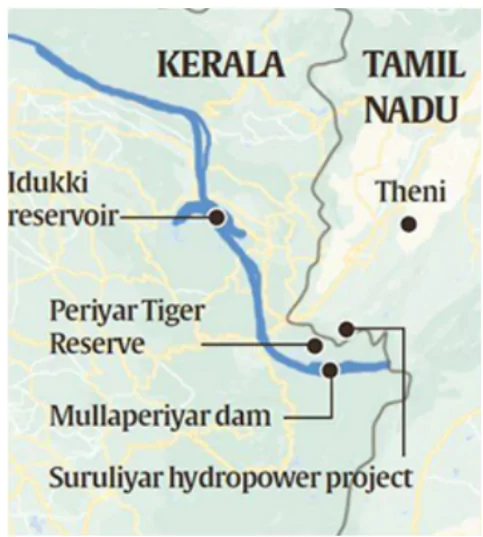
|
Context: Metroman E Shreedharan suggested that construction of a tunnel at the height of 100 feet could strengthen the Mullaperiyar reservoir.
About Mullaperiyar Dam:
- Location: It is a masonry gravity dam situated on the Periyar River at the confluence with the Mullayar River, in Thekkady, Idukki district, Kerala.
- It is situated at an elevation of 881 meters above sea level on the Cardamom Hills of the Western Ghats.
- Construction: Built in 1895.
- The dam is made of limestone and “Surkhi” (burnt brick powder, sugar, and calcium oxide).
- Purpose: The dam was constructed to divert the west-flowing Periyar River’s waters eastward to the dry regions of Theni, Madurai, Sivaganga, and Ramanathapuram districts in Tamil Nadu.
- Periyar National Park: The reservoir around the dam is home to the Periyar National Park, a protected wildlife area.
- Operational Control: Although located in Kerala, the dam is operated and maintained by Tamil Nadu.
|
![]() 29 Aug 2024
29 Aug 2024
